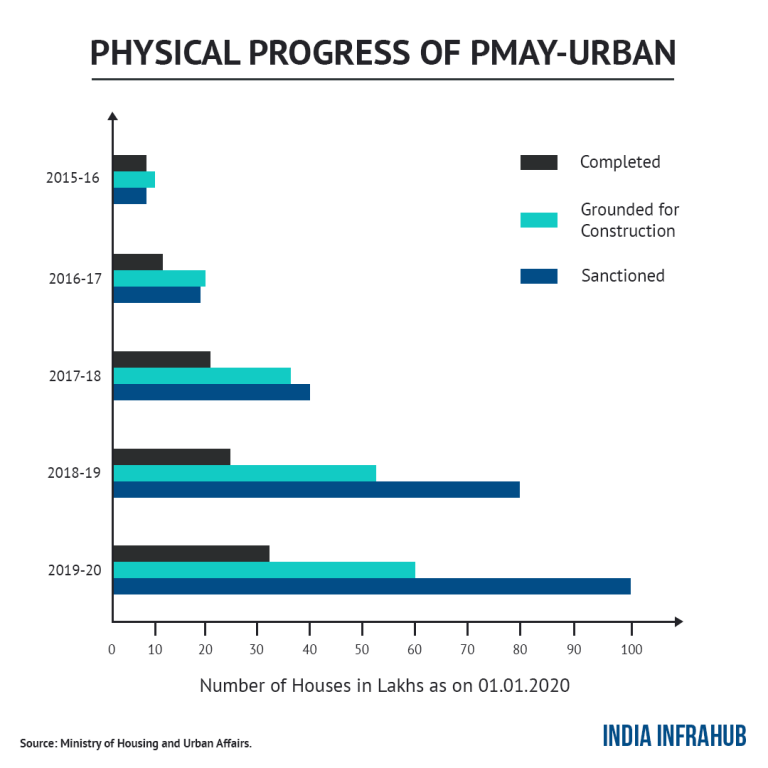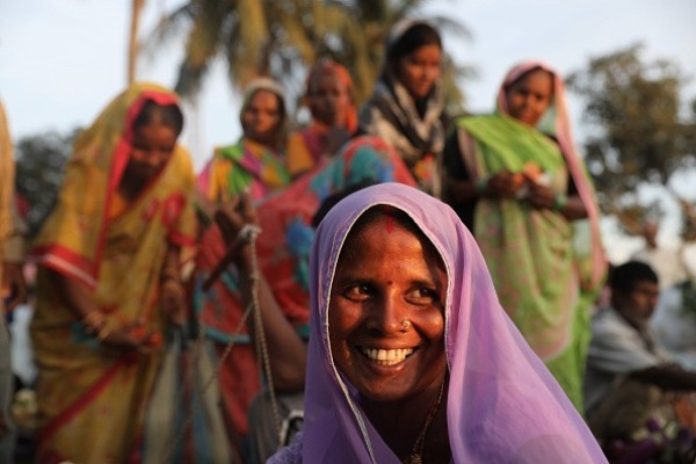India is one of the fastest-growing countries in the world with rapid urbanization. There were about 37.7 crore people residing in the urban habitats of India (Census 2011), comprising about 31 per cent of the total population which is expected to reach 60.6 crore by 2030.
The Pradhan Mantri Awas YojanaUrban (PMAY-U) was launched in June, 2015 to provide a pucca house with basic
amenities to all eligible urban poor. The States/UTs were mandated to conduct a demand survey to estimate the housing demand in their respective cities/towns. So far, a validated demand of 1.12 crore houses has been registered. Urban habitats and cities are the epicentres of economic growth which has contributed significantly to the Indian
economy.
Over 60 per cent of India’s current GDP comes from the cities and towns. The construction sector accounts for 8.2 per cent of GDP which includes housing and employs about 12 per cent of the workforce.
Therefore, the investment made under PMAY (U) not only provides pucca houses to the eligible families to achieve the goal of ‘Housing for All’ but also triggers a multiplier effect on the overall economy. PMAY-U is one of the largest housing schemes of the world covering complete urban India. PMAY (U) is being implemented through
four verticals.
The scheme of PMAY (U) is rapidly moving towards achieving the vision for providing a pucca house to every
household by 2022. Out of 1.03 crore houses approved, 60 lakhs have been grounded for construction, of which 32 lakh houses have been completed and delivered.



